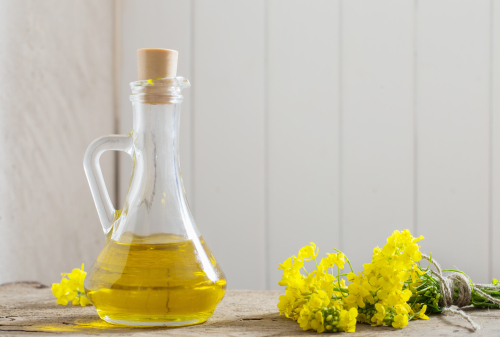Olives and their oil are some of the oldest foods around today. Cultivation of the olive has been traced back as far as 5000 BC. It is quite surprising, considering it has been around for so long, that many people are still only just discovering it. Not only is it delicious but being loaded with essential fatty acids and high in antioxidants, it is also incredibly healthy. Below is an explanation of some of the common types of olive oil and the terms used to describe them.
Extra Virgin Olive Oil: This is the oil obtained from the first pressing of the olives. It is usually greener than other olive oils, and has very low acidity (it may not exceed .8%). It is ideal for use in dressings, dips and marinades.
Virgin Olive Oil: This is also obtained from the first pressing of the olives, although is slightly higher in acidity (it may not exceed 2.0%). It is a very good oil but just not good enough to be designated extra virgin.
Olive Oil: Often consists of a blend of refined oil and virgin oil. The virgin oil gives it the flavour that the heat-treated and refined oil lacks. A good all-around oil, better suited to cooking as it has a slightly higher burning point than the virgins.
Light Olive Oil: Is refined oil obtained from the latter pressings. Each subsequent press of the olives, results in lighter and less flavourful oil. The term 'light' refers only to the colour and flavour and not the caloric content. It is again suitable for frying or sauteing.
Pomace Olive Oil: Is oil obtained from the leftover flesh and pits after being pressed. To release the remaining oil out of this (pomace) it is often treated with solvents and heat. The resulting oils are then refined to be fit for human consumption; because of this refining, it can lack flavour. It is suitable for frying as it has quite a high burning point, but I hesitate to use it.
Early Harvest: This simply refers to the fact that the fruit was picked slightly under-ripe. The under-ripeness of the olive results in a sought-after oil that is slightly bitter, peppery and very green. The smaller olives yield less oil and as such Early Harvest oils often sell for more.
Late Harvest: This is oil obtained from fully mature olives and results in a smooth oil that may be described as sweetish and fruity.
Cold Pressed: Refers to the fact that the olives were pressed without the use of heat. Olives that are pressed when heated yield more oil but the heat can destroy some of the delicate flavours that are retained when cold-pressed.

































